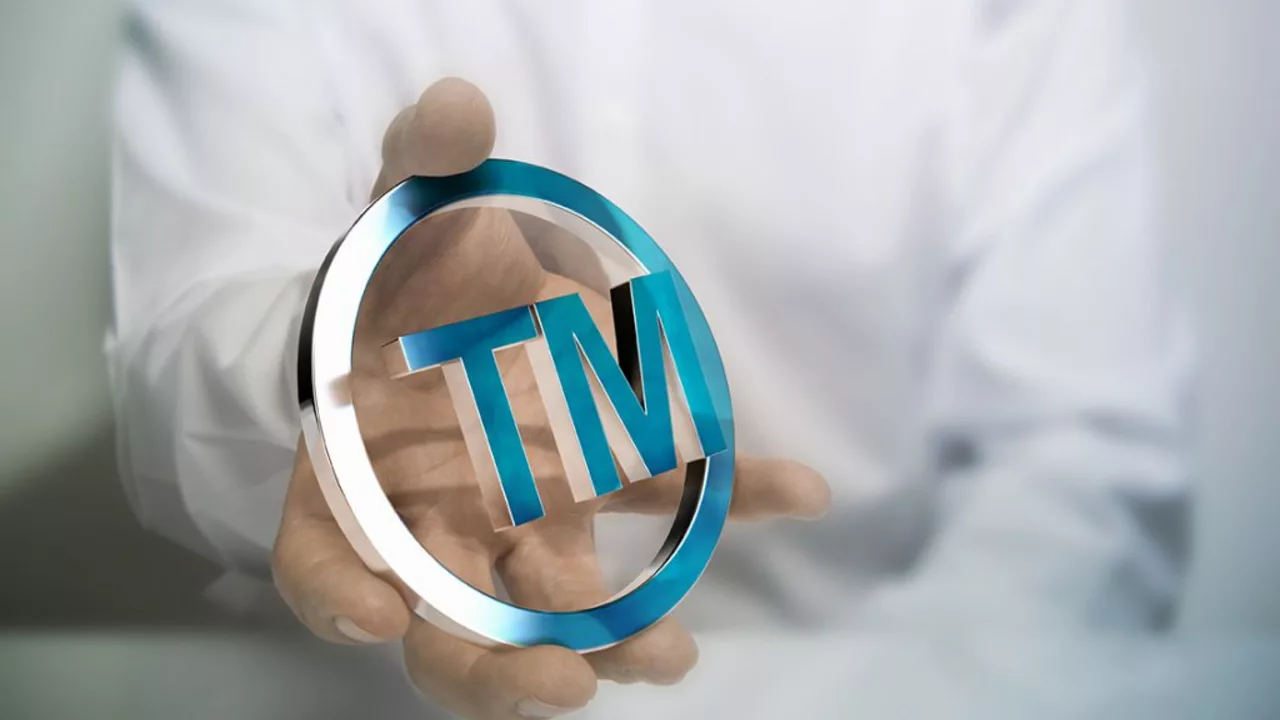Trademark Filing: A Straightforward Guide for Beginners
Thinking about protecting your brand? Filing a trademark might sound scary, but it’s actually a clear process once you know the basics. In this guide, I’ll walk you through each step, share handy tips, and answer the most common questions. By the end, you’ll feel ready to start the paperwork with confidence.
Why a Trademark Matters
A registered trademark gives you exclusive rights to use your brand name, logo, or tagline for the goods and services you offer. It stops others from copying your identity and helps you build trust with customers. Plus, a trademark can become a valuable asset if you ever decide to sell your business.
Step‑by‑Step: How to File a Trademark
1. Check if the mark is available. Search the official trademark database in your country (for example, the UK IPO or the US USPTO). Look for exact matches and similar marks that could cause confusion. If you find a conflict, consider tweaking your design or picking a new name.
2. Choose the right class. Trademarks are grouped into classes based on the type of goods or services. There are 45 classes worldwide, and you only need to file in the ones that match your business. Picking the correct class saves money and avoids future disputes.
3. Gather required information. You’ll need a clear image of your logo (if you’re registering a design), the exact wording of the name, and a description of the goods/services. If you’re using the mark in commerce, keep proof like invoices or website screenshots handy.
4. File the application online. Most offices have a user‑friendly portal where you can upload files, pay the fee, and track progress. The fee varies by country and number of classes, so budget accordingly.
5. Wait for examination. An examiner will review your filing for conflicts and compliance. They might issue an office action asking for clarification or changes. Respond promptly; a quick reply keeps the process moving.
6. Publication and opposition period. If the examiner approves your mark, it’s published for a set period (usually 30‑90 days). During this time, anyone who believes the mark harms their own rights can oppose it. If no one objects, the trademark moves to registration.
7. Receive your certificate. Once registered, you’ll get a certificate confirming your rights. Keep it safe and remember to renew the trademark every 10 years (or as required in your jurisdiction).
Common Mistakes and How to Avoid Them
Skipping the search. Many people jump straight into filing and later discover a conflict. A thorough search saves time and money.
Using the wrong class. Filing in a class that doesn’t match your product can lead to denial. Double‑check the class list or ask a professional for help.
Ignoring the opposition window. If you get an opposition, don’t ignore it. Responding with a solid argument or settlement can protect your mark.
Quick Tips for a Smooth Filing
- Keep your brand name simple and distinctive – unique words are easier to protect.
- Use high‑quality images for logos; blurry files cause delays.
- Document your first use date – it strengthens your claim.
- Consider filing internationally if you plan to expand – the Madrid Protocol makes this easier.
- Stay organized; track deadlines for responses and renewals.
That’s the whole picture. Trademark filing doesn’t have to be a headache if you follow these steps and stay on top of deadlines. Ready to protect your brand? Grab a notebook, start the search, and get that application in the system. Your brand’s future self will thank you.
 Legal Advice/Resources
Legal Advice/Resources
What documents should we prepare to file a trademark?
Filing a trademark involves quite a bit of paperwork. Firstly, you'll need a clear representation of the mark you want to trademark, which could be a slogan, logo, or name. Then, you should prepare a detailed list of goods or services associated with your trademark. Don't forget about proof of use documents that show how you're currently using the mark in commerce. Lastly, make sure you have your payment ready because the application isn't cheap!
Continue Reading